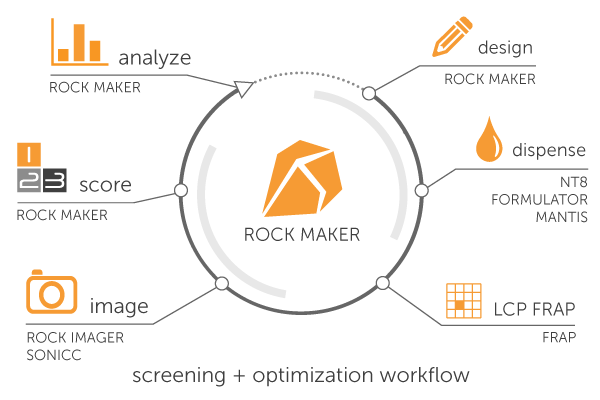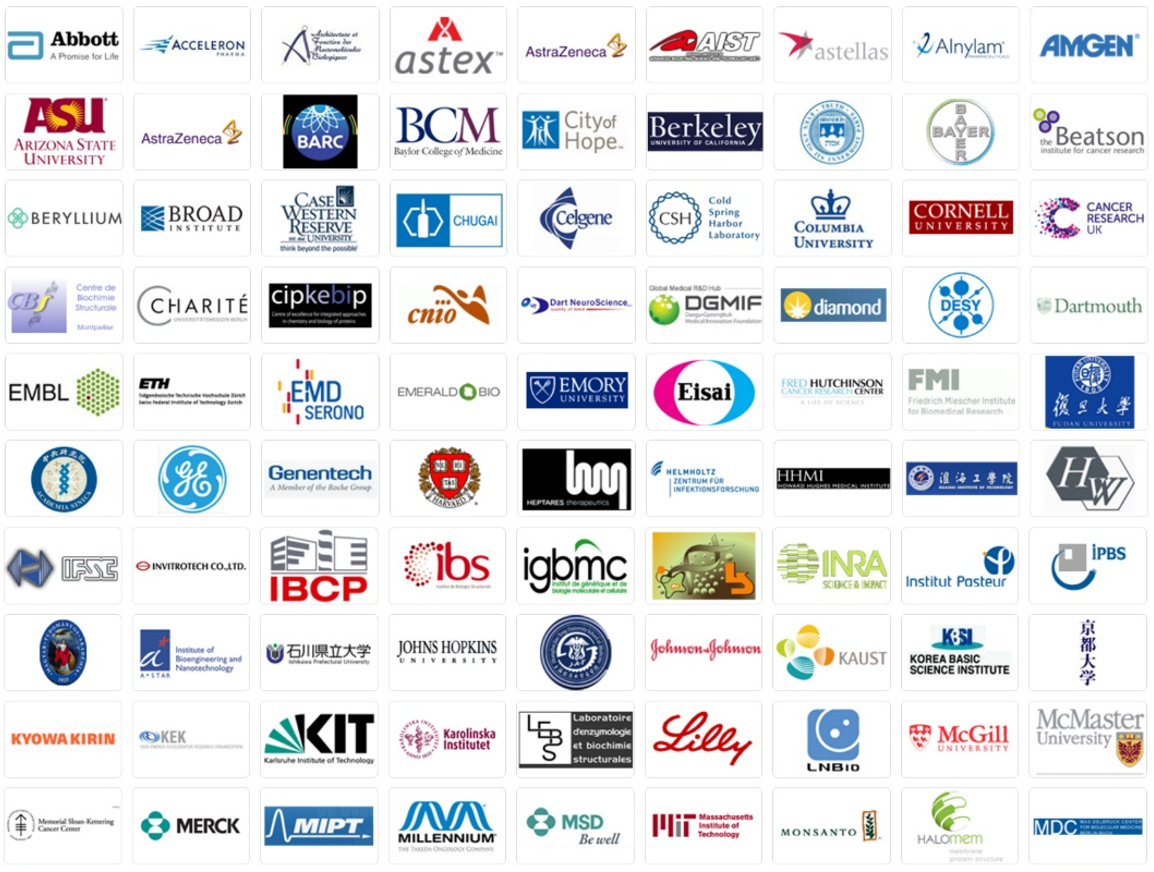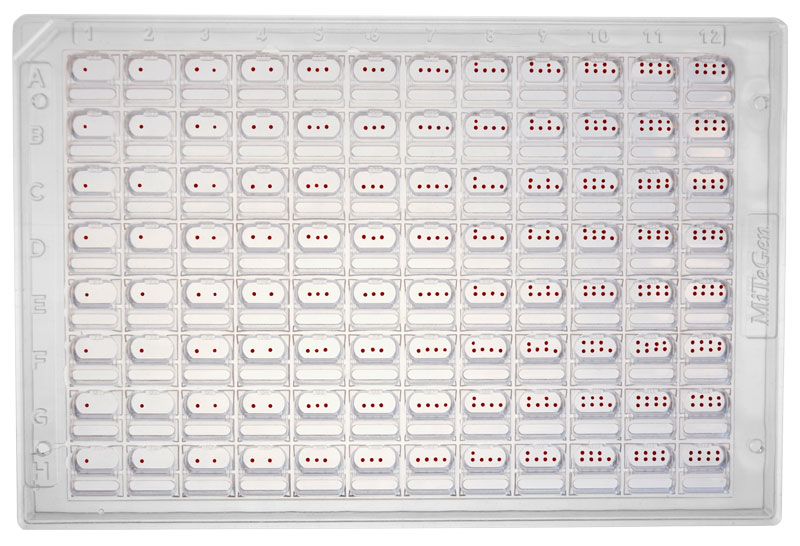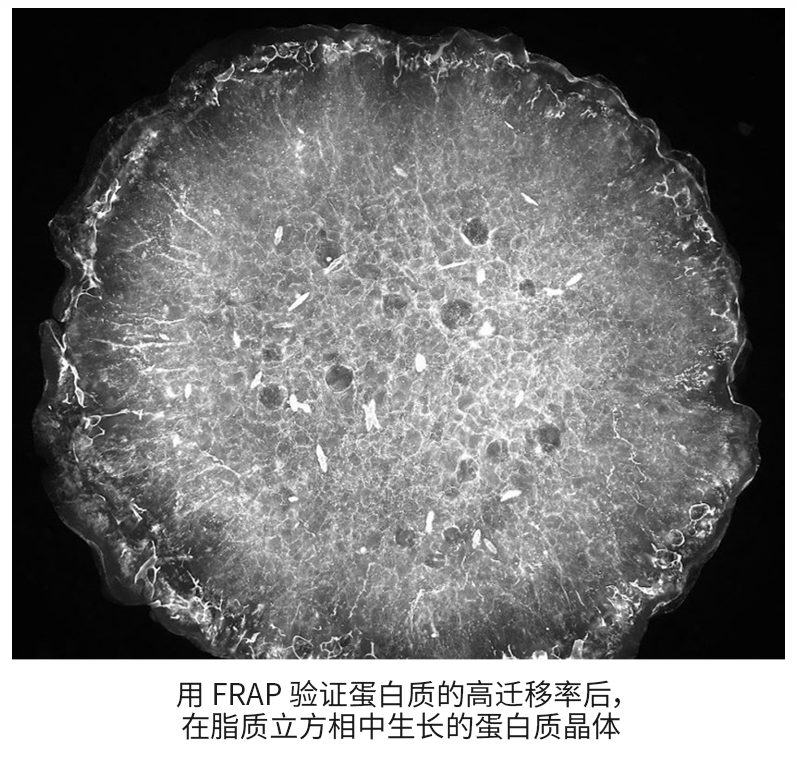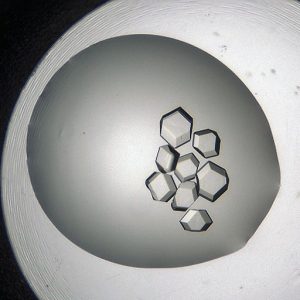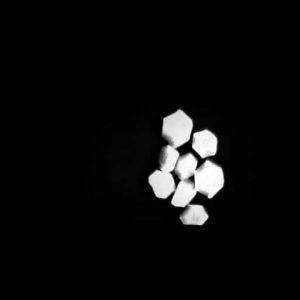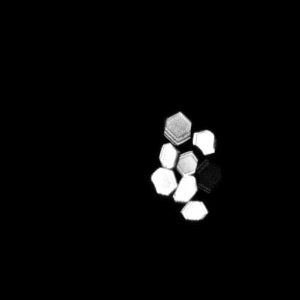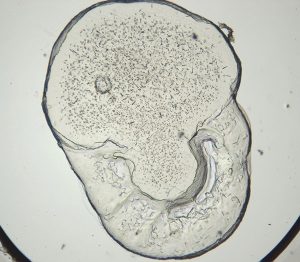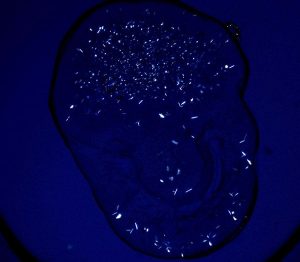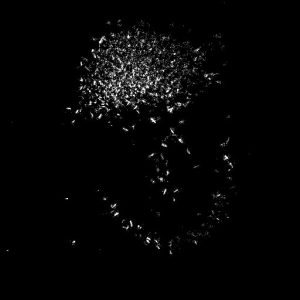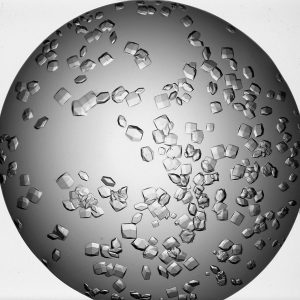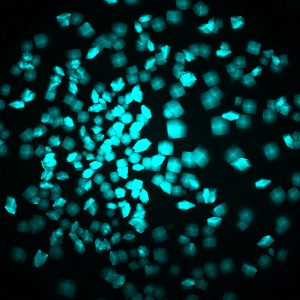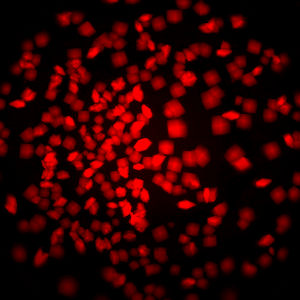自动化您的蛋白质结晶工作流程
管理整个蛋白质结晶实验过程,从设计到免去成像查看和分析,全部通过 Rock Maker® 一款软件完成。
可靠+可重复的蛋白滴设置
NT8 v4 是一款快速、纳升体积的液体处理器,具有用于蛋白质结晶的液滴分配功能,包括脂质立方相 (LCP) 实验。 8 头吸液头可吸取并分配 10 nL 至 1.5 μL 的液滴。
- 设置悬滴、坐滴、微批次、内消旋脂质立方相 (LCP) 滴、添加剂和接种实验
- 8 头吸液头可吸取并分配 10 nL 至 1.5 μL 的液滴
- 可重复使用的吸头让您可以选择在每次分配后处理吸头或重复使用它们,以降低成本和环境浪费
- 比例控制主动加湿最大限度地减少样品蒸发并提高实验重现性
轻松构建蛋白质结晶屏幕
Formulator Screen Builder 是专为蛋白质晶体学设计的下一代液体处理器。 该系统采用专利微流体技术来分配多达 34 种不同的成分。 96 个喷嘴的分配芯片可以将任何体积、任何粘度的任何成分分配到任何孔中。
- 获得专利的微隔膜泵可将 200 nl 及以上的体积分配到任何微孔板中,甚至是深孔板和非 SBS VDX/Linbro 板
- 集成条形码扫描仪自动加载实验和成分数据,而瓶子传感器自动了解成分所在的位置
- 由于不需要消耗品,因此可以降低实验室的成本和对环境的影响
- 封闭的配料容器可防止蒸发、污染和有毒烟雾逸出
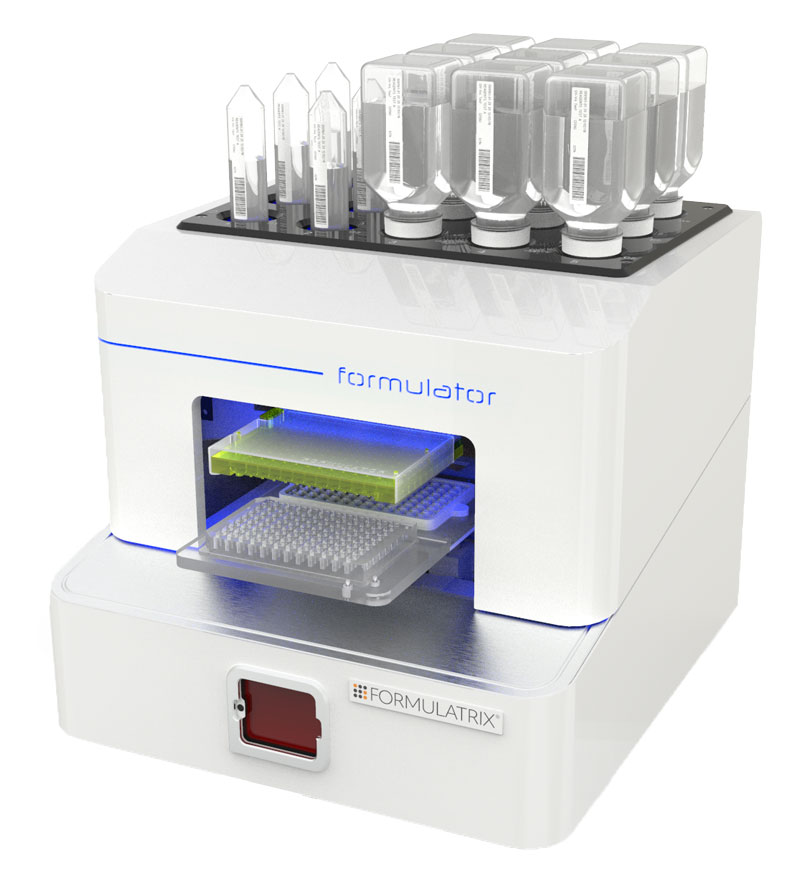
寻找 LCP 晶体生长的最佳条件...
无需等待您的水晶。
在设置蛋白质结晶实验之前,您可以使用光漂白后荧光恢复 (FRAP) 快速筛选 LCP 条件。 FRAP 是一种光学技术,用于评估蛋白质在 LCP 液滴中移动的容易程度。 如果蛋白质聚集,或者 LCP 结构塌陷,蛋白质将不会扩散,因此永远不会结晶。
- 加速结晶方法并排除次优条件,而无需等待晶体生长
- 自动化且用户友好的系统只需点击几下按钮即可启动对您的板的完整分析
- 所有结果和分析都集成到 FORMULATRIX 的蛋白质晶体学专用软件实验室管理软件(ROCK MAKER 和 ROCK IMAGER)中
FRAP 是与 Vadim Cherezov (TSRI) 和 Ray Stevens 领导的 JCIMPT 中心合作开发的,并得到 NIH 结构生物学共同基金的支持。
通过清晰的成像了解更多关于您的蛋白滴的信息
ROCK IMAGER 是最值得信赖的蛋白质晶体学成像仪,被全球十大制药公司和许多知名学术中心使用。
使用多种成像技术对您的液滴进行成像,使您能够更多地了解蛋白质液滴,包括可见光、紫外线、多荧光成像、FRAP 和 SONICC。
- 多种型号可满足您的预算和工作流程,可对单个板最多 970 个 SBS 板或 1500 个 LCP 板进行成像
- 通过 ROCK IMAGER API 与 ROCK MAKER 或您当前的结晶软件无缝集成
- 温度调节选项可实现 30°C 至 4°C 的精确温度控制
- 提供多种板选项,包括 SBS、Linbro、Nextal、Terasaki/HLA 和 LCP 板
寻找 LCP 晶体生长的最佳条件...
无需等待您的水晶。
手性晶体二阶非线性成像 (SONICC) 是蛋白质晶体可视化的终极成像技术,可以肉眼明确地发现埋藏在沉淀物中的晶体或亚微米晶体。 二次谐波发生 (SHG) 和紫外线双光子激发荧光 (UV-TPEF) 两种强大的技术结合在全自动成像仪中,可快速对高通量蛋白质结晶板进行成像并准确识别蛋白质晶体。
- 晶体在纯黑色背景下呈现白色,即使在黑暗的环境中也能帮助您识别晶体
- 只需看一眼盘子的缩略图即可快速找到难以看到的晶体
- 检测极薄晶体、<1 μm 的微晶体以及双折射 LCP 中模糊的晶体
- 明确区分沉淀物和晶体
- 确定哪些晶体是蛋白质,哪些不是

